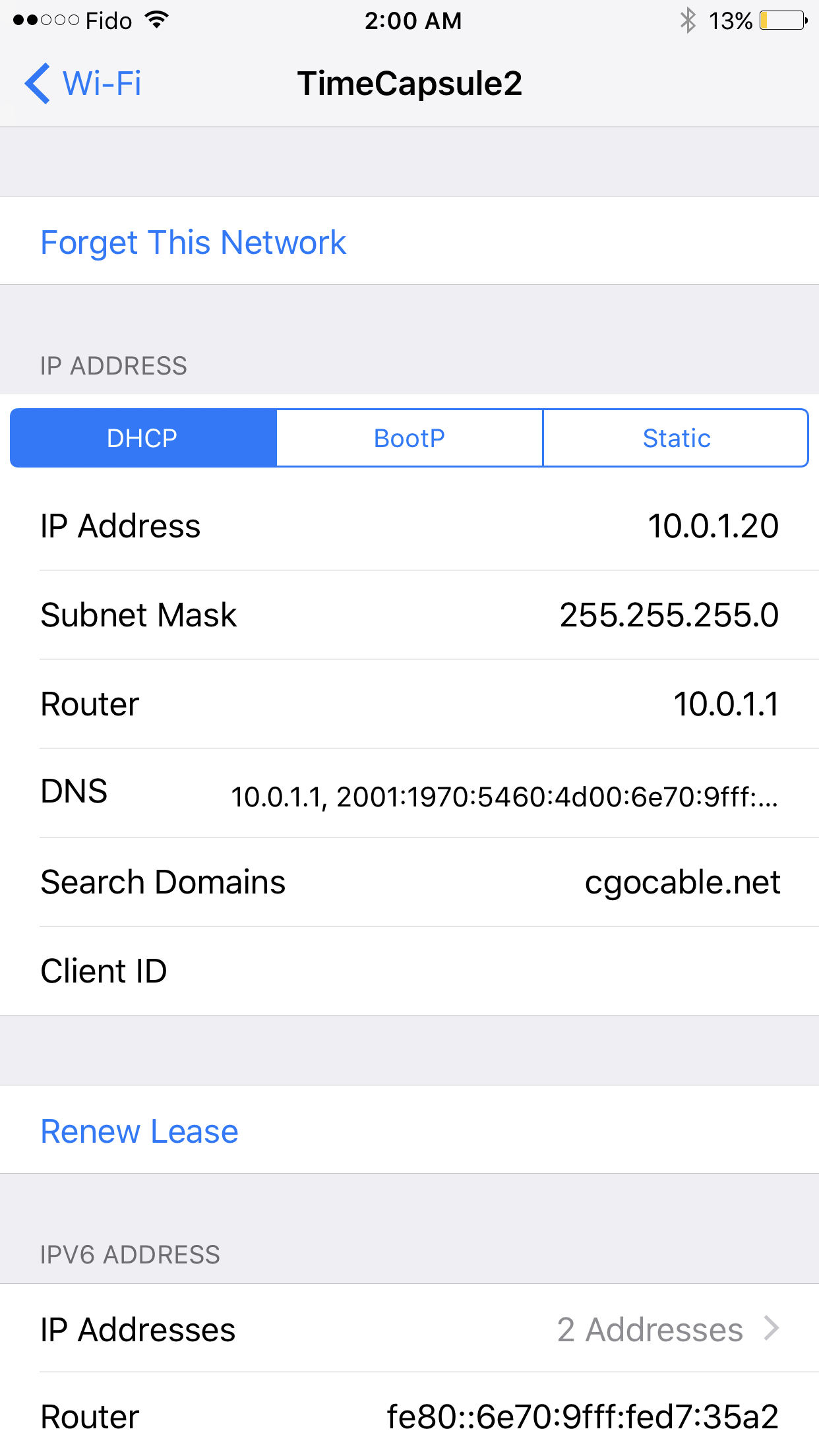
How do you identify a Rogue DHCP server, and how do you resolve it? That doesn’t mean that malicious DHCP servers never occur, but don’t assume that it’s malicious right out of the gate. In my experience, it’s far more common to have an unintentional rogue DHCP server on your network, the result of misconfiguration or a “helpful” employee. Or it can act as the unauthorized default gateway itself, routing all traffic through that malicious device. The rogue DHCP server can start to assign malicious default gateway information that can redirect legitimate devices to an unauthorized default gateway. If it’s a malicious DHCP server, this is where bad things can start to happen. There’s now a “race condition”: who’s DHCP reply will reach the device first! If the rogue DHCP reply wins, the device will be unable to communicate with other legitimate devices on the network.Both the rogue DHCP server and your approved DHCP server respond to the request with their own IP.This device, if configured to acquire a dynamic address, makes that DHCP request A new device is added to the network, or an existing device is switched on.A device enters the network, running an unauthorized DHCP service.

And because the misconfigured DHCP server is just sitting out there waiting to be used, it becomes a prime target for malicious actors. If a rogue DHCP server gets to your devices first, it can wreak all kinds of havoc on your network: performance or seed issues, inability to reach needed resources, and connectivity problems. In other words, a rogue DHCP server is simply a server not under the management or even the awareness of network management staff. Rogue DHCP servers can be malicious, like in a man in the middle attack, or simply inconvenient, as in the case of a user connecting an unauthorized home router to their work network. Simply put, a rogue DHCP server is one that is not authorized to provide IP addresses to devices on your network. This keeps the information centralized, reduces the use of resources, and greatly increases the efficiency of standard network operations. DHCP can also be used (and is most often used) to assign a default gateway and a DNS server to a device. A dedicated DHCP server, listening for kinds of requests, responds with a DHCP response: assigning an IP address to the device from its pool of addresses.


As a device enters the network, it tells every device it needs (broadcasts a request for) an IP address.
#Network device finder finding unknown ipv6 address manual#
DHCP was developed to allow a dedicated server to be set up to assign IP addresses to all devices connecting to the network, automating what used to be a very manual process. Multiple network technicians would assign the same address to different devices on the same network, causing IP address conflicts everywhere. Network managers were keeping lists of IP addresses on spreadsheets. This simple process was quickly outgrown because of the difficulty and resource-intensive nature of doing IP address assignments by hand. In early days, networks had a limited number of workstations, and each one was given a hard-coded IP address when added to the network. DHCP, or the Dynamic Host Control Protocol, was established to automate the process of adding new IP addresses to the network. Congratulations, you have a rogue DHCP server on your hands! What is DHCP, and how does it work?īefore diving into Rogue DHCP, let’s do a quick review of what DHCP actually is. Turns out to be an invalid IP address from a DHCP. The device has an IP address, but it’s not an IP address you’d expect to see on your network.ĭid someone set this IP address up manually? Maybe it was a “helpful” user, who knows just enough to get into trouble? You start going through your troubleshooting workflow: check physical layer, data link layer, network layer… and there’s the problem.

You’ve probably happened across this little conundrum at least once or twice-troubleshooting a network issue where users are connecting to the network, but they aren’t able to access any resources or the internet.


 0 kommentar(er)
0 kommentar(er)
